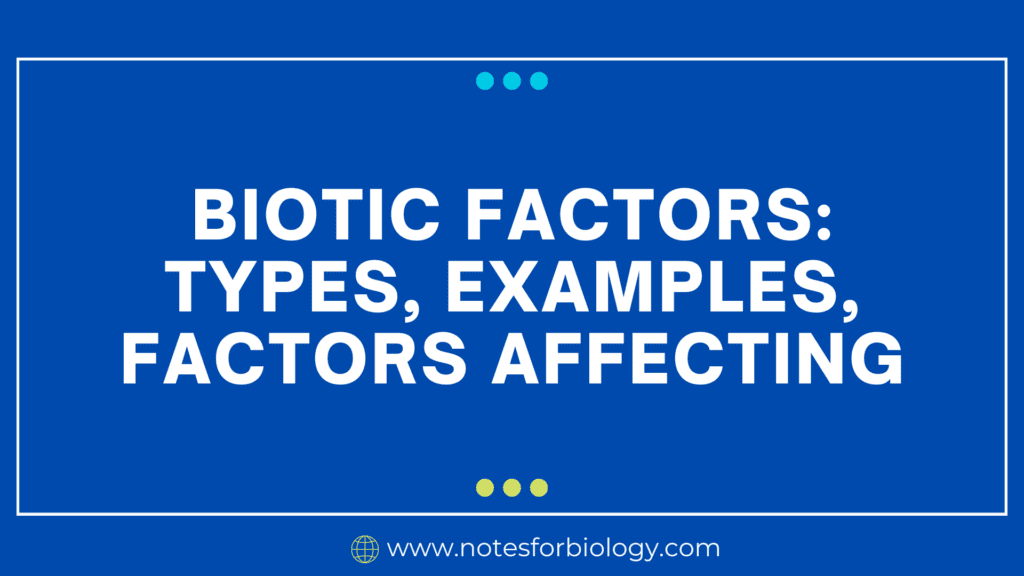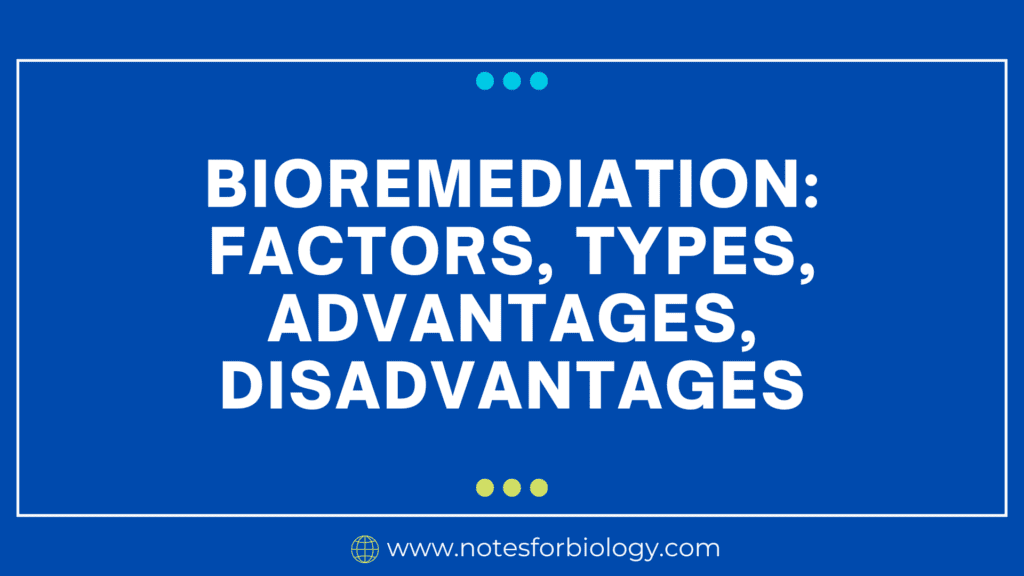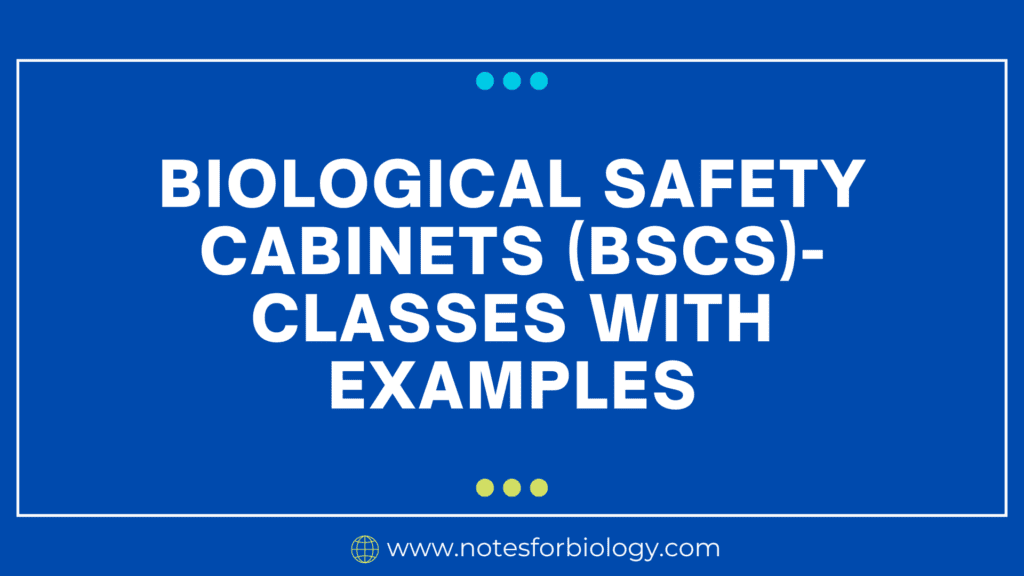Bird Seed Agar- Composition, Principle, Preparation, Results, Uses, Limitations
Bird Seed Agar (BSA) is a specific growth medium used to selectively cultivate and differentiate Cryptococcus neoformans, a pathogenic yeast. The medium’s unique feature is its capacity to stimulate the development of melanin in Cryptococcus neoformans, resulting in striking brown to black colored colonies. What is Bird Seed Agar? Bird Seed Agar (BSA) is a […]
Bird Seed Agar- Composition, Principle, Preparation, Results, Uses, Limitations Read More »










